Why Does Ivy Matter to a Creek?
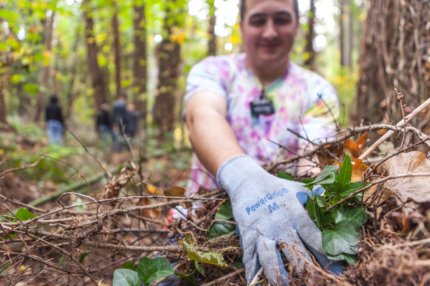
We recently hosted a work party at Arnold Creek as part of the 12th Annual No Ivy Day. This event is a metro-wide day of service sponsored by Portland Parks & Rec that focuses on eradicating the invasive plant English ivy (Hedera helix). Ivy is a common invasive found in the Tryon Creek watershed so every October TCWC looks forward to hosting a site for No Ivy Day. This year, we had 11 volunteers come out and remove 10,000 square feet of ivy from our site at Arnold Creek – way to go!
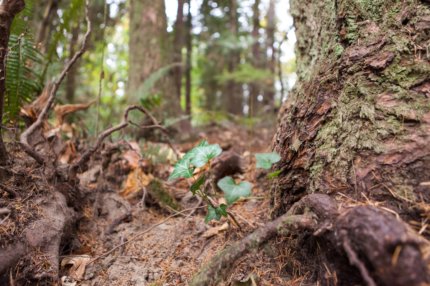
While No Ivy Day is a great day to have volunteers remove large amounts of ivy, it is an even better opportunity to educate the public on why the plant is so detrimental. Many of our first-time volunteers are familiar with invasive species and most of them understand how they harm native plants and forests. But many people do not realize how the presence of an invasive like ivy can negatively impact water quality and aquatic life – helping local residents understand this connection is an important outcome for our annual No Ivy Day event!
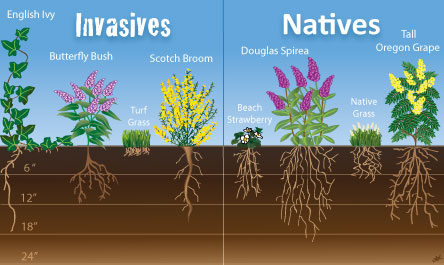
There are a few ways ivy can adversely affect streams like Tryon Creek. First, the roots of ivy are shallower than those of native plants, thus making it less effective in retaining soil. A healthy forest ecosystem contains different types of plants (shrubs, trees, flowers, etc.) of varying root depths, which helps hold soil in place and reduces erosion into streams. Native plants are also very effective in filtering pollution and toxins from stormwater as it travels through soil, as shown in this recent study. When a forest becomes overtaken by ivy, very little else is able to grow and the forest floor’s root structure is all one shallow depth. This lack of root depth variety promotes erosion and can increase the turbidity and pollution runoff in nearby bodies of water.
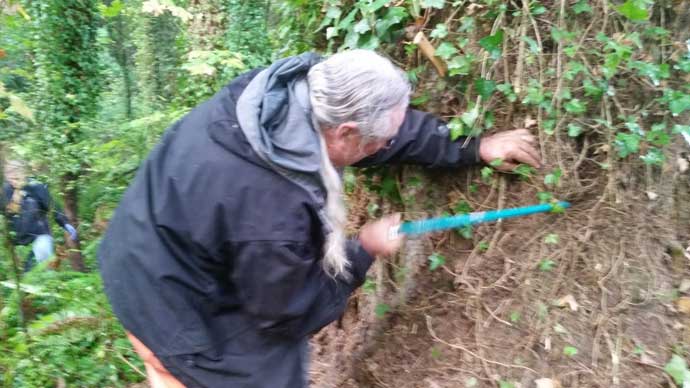
Most Portlanders have seen ivy climbing up a mature tree at some point – it is very prevalent in many of our beloved parks like Forest Park and Tryon Creek. The vertical growth of ivy is bad for a few reasons. Once ivy climbs up to a certain height, it is able to flower and release seeds. This allows the invasive to spread even further and continue overtaking native vegetation. Also, if left long enough, ivy will eventually kill the tree it is climbing as it outcompetes it for water and nutrients.
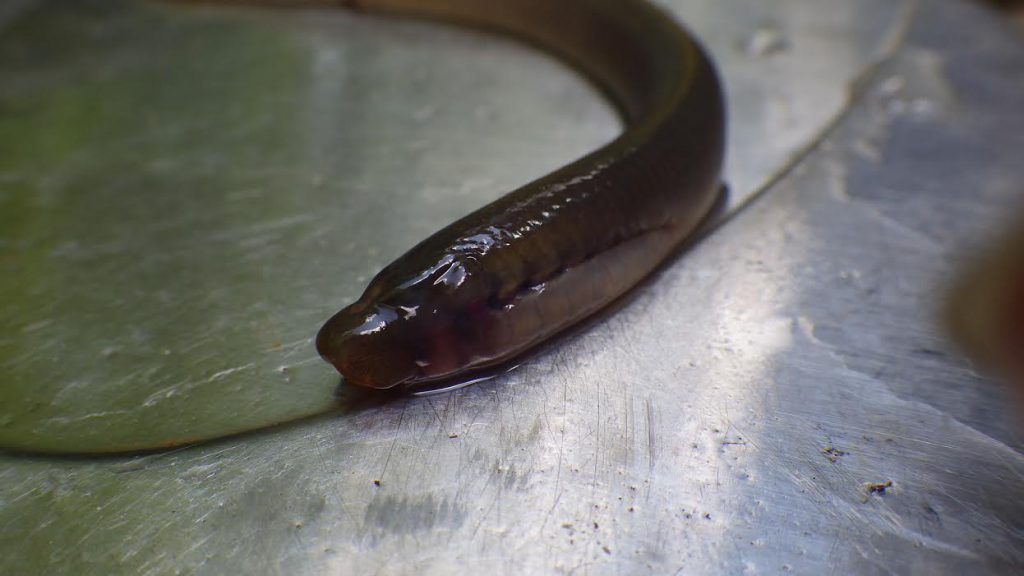
This is obviously bad for local forests but it is also devastating to our Oregon waterways. Pacific Northwest creeks need a certain amount of shade to stay cool enough to support salmon, trout, and other fish species. If ivy takes over many of the mature trees in a watershed, water temperatures will inevitably increase and potentially become inhabitable for fish and other aquatic life. High water temperatures can also lead to increased algae blooms, decreased dissolved oxygen, and other water quality issues.
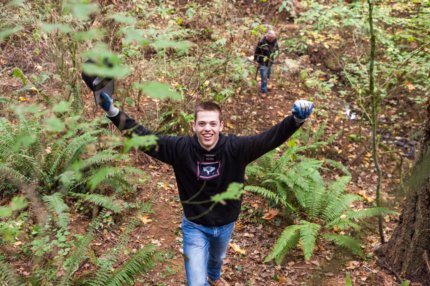
These are a few reasons why removing ivy matters to a creek. Water is already a precious resource and will become increasingly so in the future as we are faced with climate change and other environmental issues. Small efforts to restore and protect local watersheds like Tryon Creek have big impacts and go a long way in maintaining healthy streams and creeks. Come volunteer with us at our next restoration event, get involved with your local watershed council, or go to an ivy pull – because it does make a difference!


